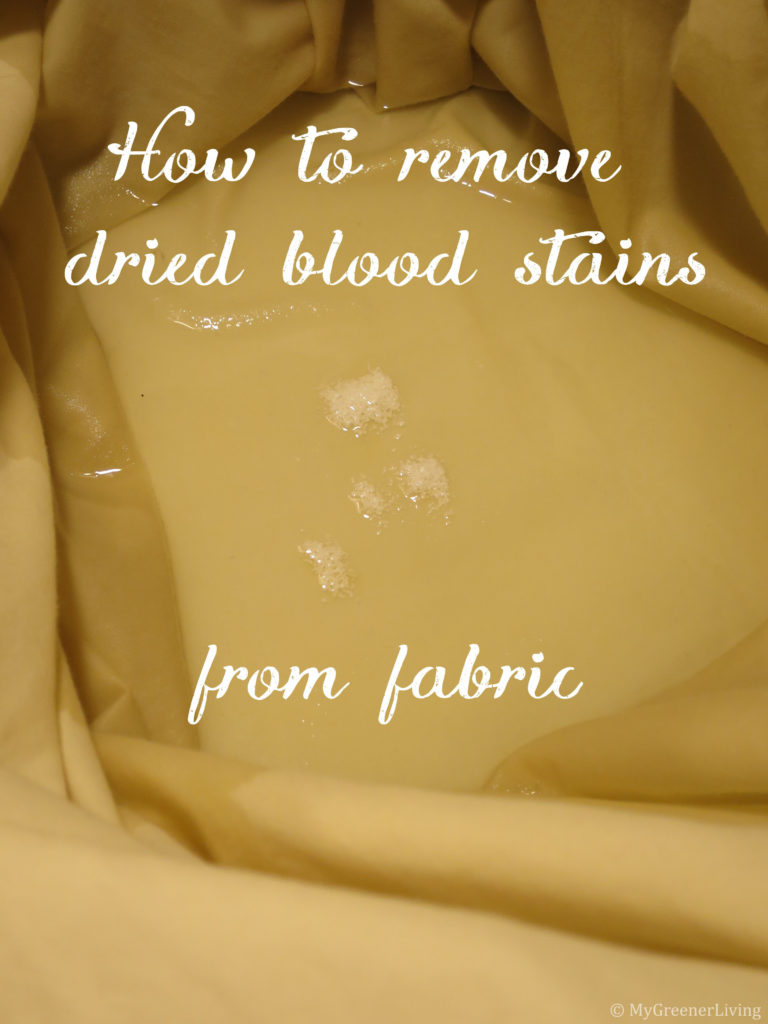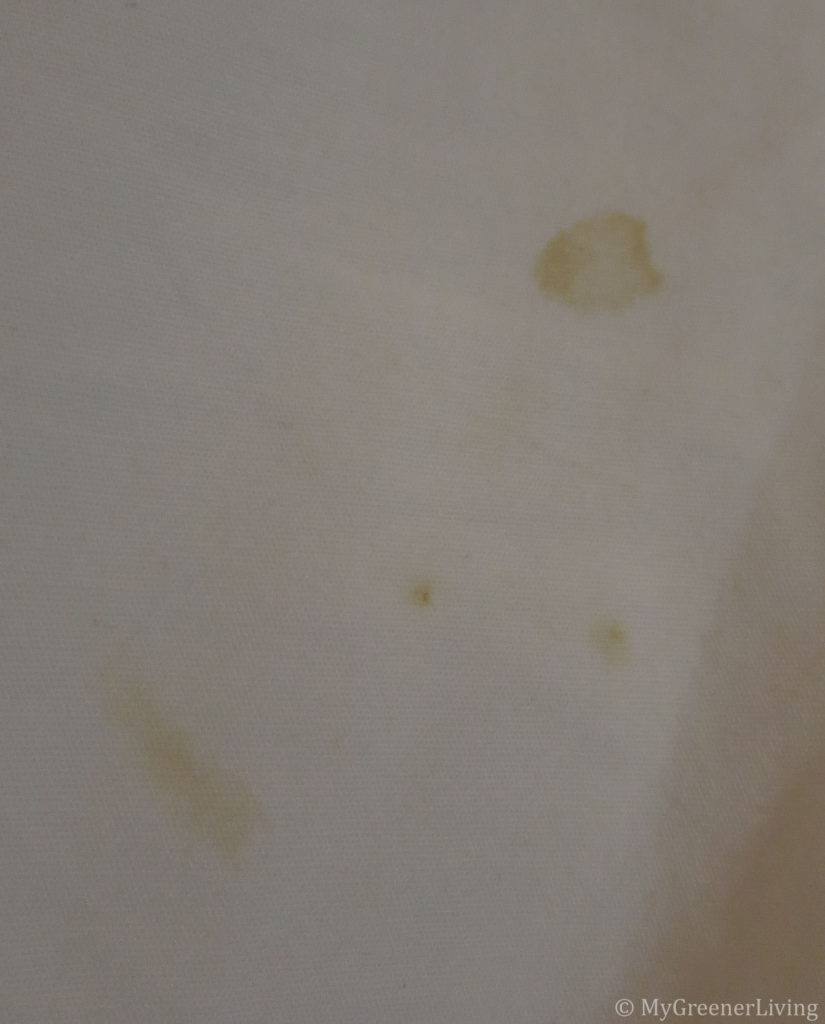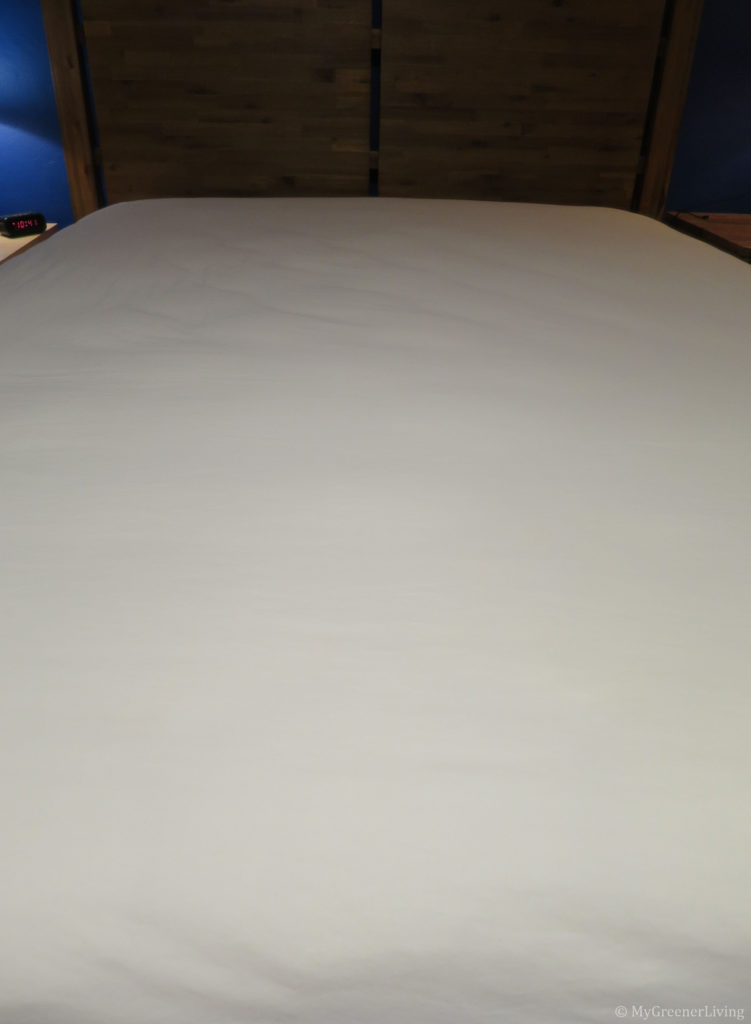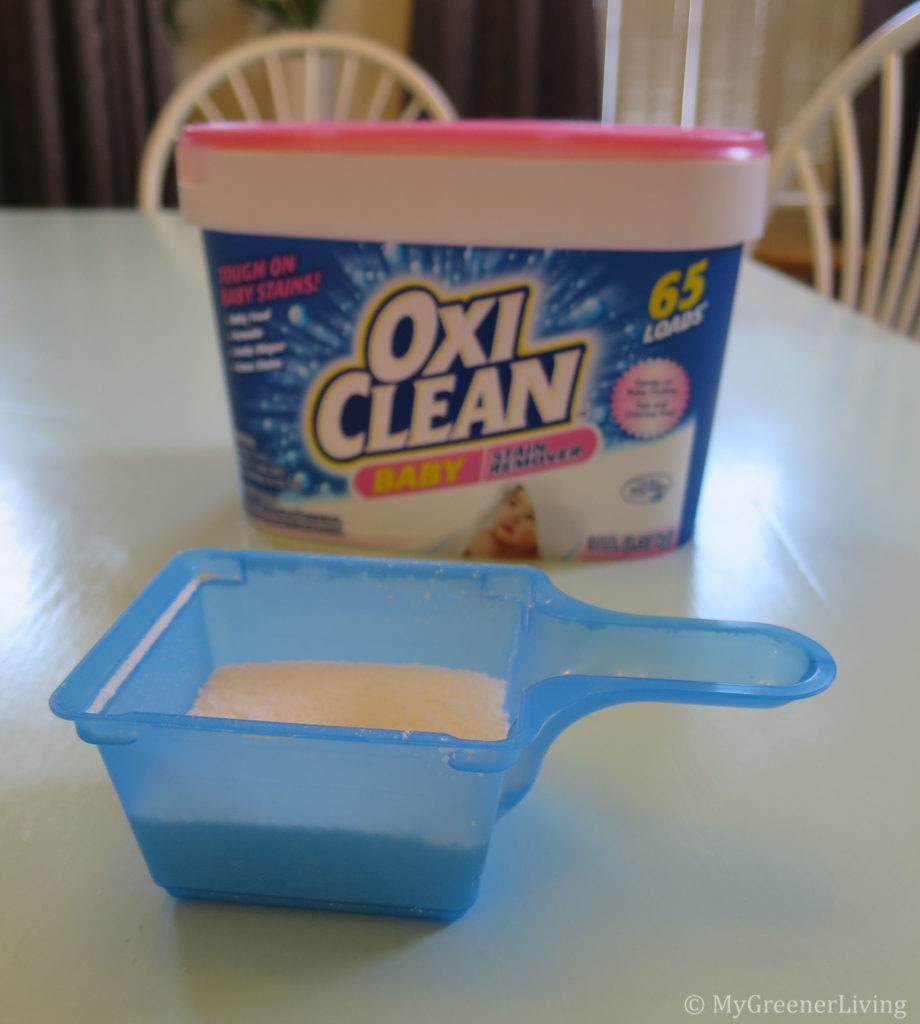I had never really used OxiClean, or its active ingredient sodium percarbonate, until last year when I wrote about washing towels. Since then, I have found so many other ways to use OxiClean in my home.

Disclaimer: This post contains affiliate links. See my Disclosure Policy for more information.
OxiClean vs. Sodium Percarbonate – what’s the difference?
I purchase the bulk ingredient that is the active ingredient in OxiClean: sodium percarbonate. I use it like OxiClean, I simply use about half as much since it has none of the additives of OxiClean. Like OxiClean, the solution of sodium percarbonate in water is a base, and it can be harsh on skin so I avoid direct contact. From my research, I was unable to find justification to add sodium carbonate (also called soda ash and super washing soda) to my sodium percarbonate for the “OxiClean” soak benefits, so I use plain old sodium percarbonate (and just wash my hands with castile soap and water after touching sodium percarbonate-water solution).
I buy this sodium percarbonate from Amazon, and recommend either a pure sodium percarbonate, or OxiClean Baby (I typically find the best price for it at Target or Walmart, but have had to order online). I will not use any other OxiClean product, or other oxygen based cleaners, because all the others I have found are not pure sodium percarbonate/sodium carbonate, and the additives are (at least possible) skin irritants and harmful to the environment. The Environmental Working Group evaluates multiple different OxiClean products here, and OxiClean Baby is the only one to get an “A” rating – the best possible.
Here’s a reminder why I love powdered OxiClean, or Sodium PerCarbonate as a “bleach”
Oxygenated bleach can be liquid or powder. Liquid oxygen bleach has a shelf life of only a few months (90 days for the specific variety described in this Envirochem data sheet). Powdered is more stable, with a shelf life of a years or more (OxiClean claims indefinite storage life it kept dry), therefore I prefer powdered form. When oxygenated bleach breaks down, the resultant products are quite safe: liquid becomes oxygen and water, powdered becomes oxygen and natural soda ash (also known as washing soda, or sodium carbonate). There is no danger or environmental hazard to the break down, but the resulting product becomes ineffective at cleaning the way that oxygen bleach cleans. So it is important to use liquid oxygen bleach before the expiration, and to keep powdered oxygen bleach dry until use.
Caution: I am providing this information based on my experiences only. I cannot guarantee that it will work for you, and I am not liable for any damage that may occur.
I have successfully used OxiClean/sodium percarbonate on cotton and polyester fabrics. I have not personal experiences with other fabrics.
I have read that OxiClean can damage silk, wool, and fabrics with silver embedded, so I do not recommend using OxiClean with those types of fabric. As with any new product, it’s a good idea to spot test the product before dousing it all over!
Removing blood stains (even dried!) from fabrics

I woke up one morning to find a drop of dried blood stain on my pillowcase. I first tried using liquid hydrogen peroxide 3% to remove it, but it did little lighten the stain. Then I soaked the pillow case with my sheets in a sodium percarbonate solution, as I normally wash sheets. The stain was still there.
Finally, I used sodium percarbonate to spot clean. I put the pillow case on the bottom of a bucket with the stain flat on the bottom. I added enough (tap cold) water to cover the stain with about 1/8″ of water. Then I sprinkled pure sodium percarbonate over the stain and walked away. (It is important to add water first THEN the sodium percarbonate; going on the other order, the water flushes the OxiClean away from the site of the stain.) Initially, the sodium percarbonate crystals had not dissolved in, but I just left it anyway. About 2 hours later I checked on the pillow case. The crystals had dissolved, and with them, the stain! I then just washed the pillow case as I do normal laundry (tap cold water, my laundry soap, tumble dry low).
- Lay fabric garment flat in the bottom of a bucket.
- Pour tap water over the stain until there is about 1/8″ water depth.
- Sprinkle sodium percarbonate or OxiClean directly over the stain & cover completely.
- Allow to soak 2-6 hours.
- Launder the garment as usual.

Of course, in typical Diana fashion, I was so concerned with getting the stain out fast that I forgot to take pictures to show you before and after images. So I was really excited (ha) when I pulled a set of sheets out of the closet and found another dried blood stain. This stain had been really set it. Not only had it dried, but it had been laundered in warm water and heat dried, which really sets stains.
I pretty much repeated the same process as the “fresh” dried blood stain:
- Place the stained part of the sheet on the bottom of a bucket.
- Pour (tap cold) water over the stain to cover the fabric with about 1/8″ of water.
- Sprinkle OxiClean or sodium percarbonate directly onto the stain.
- Let sit 2 hours. This heat-set stain lightened but did not come all the way out with this first soaking. So since the stain still persisted, I proceeded to step 5.
- Repeat steps 2-4 until the stain is gone. It took me 3 runs through steps 2-4 to get the heat-set blood stain out. After 3 soakings there was a faint yellowish stain remaining, but I moved on to step 6.
- Launder as usual. For me, this completely removed the stain!

To me, blood stains had always been really annoying because if I did not catch them wet, I could never full remove them. Now that I have discovered how useful sodium percarbonate is, I don’t worry about any bodily fluid stain. I know I can get the toughest stains out!
 Have you had any great successes with OxiClean saving the day (or at least saving something that had been stained)? Please share in the comments below.
Have you had any great successes with OxiClean saving the day (or at least saving something that had been stained)? Please share in the comments below.

